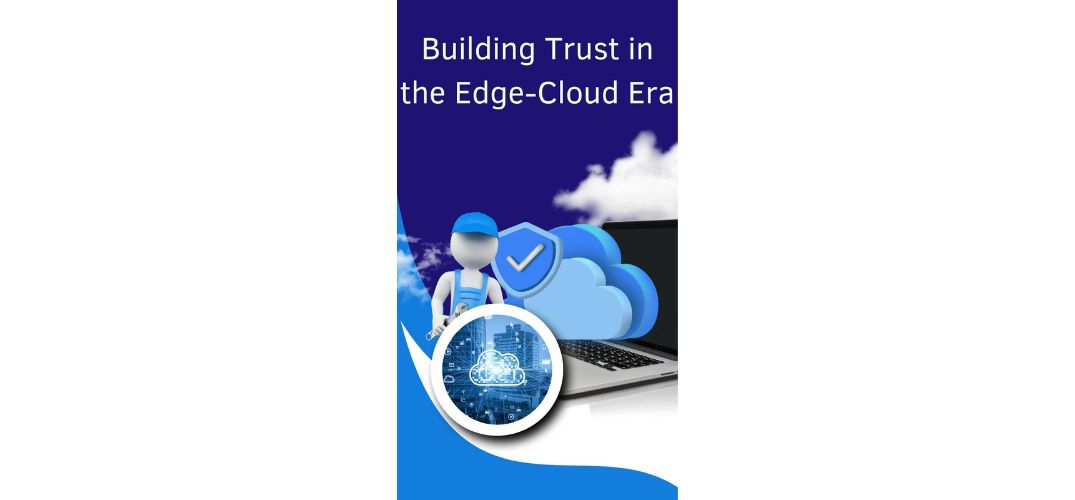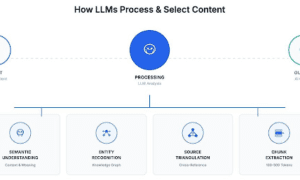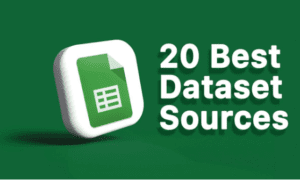In the dynamic digital era, Muskaan Mongia delves into the critical intersection of data governance, security, and innovation within edge-cloud integration. Her work emphasizes the importance of resilient frameworks that enhance trust and drive operational excellence. By addressing challenges and unlocking new possibilities, her insights pave the way for secure, efficient, and future-ready ecosystems that thrive on technological advancements and strategic foresight.
Data Governance
The foundation of security in edge-cloud integration lies in robust data governance frameworks. These frameworks ensure data quality, accessibility, and regulatory compliance, serving as the backbone of secure and efficient digital operations. Key elements include strong access controls, transparent policies, regular audits, encryption protocols, and proactive risk management strategies for resilience.
- Role-Based Access Control (RBAC): Organizations implementing RBAC achieve 92% coverage of data access points, reducing unauthorized access attempts by 76%.
- Regulatory Compliance Automation: Enterprises leveraging automated compliance tools report a 67% decrease in audit preparation times.
- Data Lifecycle Management: Advanced AI-powered tools classify data within 48 hours, reducing redundant data by 63% and saving enterprises $1.2 million annually.
The systematic approach to governance aligns technical controls with business objectives, delivering measurable benefits such as reduced security incidents and enhanced decision-making efficiency.
Privacy by Design
A Core Principle Integrating privacy considerations into system design has become a cornerstone of edge-cloud innovation. Privacy-by-design principles significantly improve user trust while reducing the cost of compliance and incident response. For example:
- Consent Management Systems: These systems increase user trust by 79%, with advanced mechanisms achieving a 91% comprehension rate for consent forms.
- Data Minimization Strategies: Organizations adopting these strategies report a 70% decrease in storage requirements and a 64% reduction in unnecessary data collection.
- Advanced Privacy Techniques: Homomorphic encryption and zero-knowledge proofs protect sensitive computations, with 85% of operations now performed on encrypted data.
These innovations highlight the shift from reactive privacy measures to proactive, user-centric approaches that enhance both security and user satisfaction.
Securing the Edge
Advanced Protection Protocols Edge devices, often vulnerable to attacks, require comprehensive protection mechanisms. Innovations in encryption, communication security, and hardware-based safeguards are reshaping the security landscape:
- End-to-End Encryption: Deploying advanced encryption protocols reduces man-in-the-middle attacks by 62%, ensuring 99.95% uptime for encrypted services.
- Certificate and Key Management: Automated systems achieve a 99.5% success rate in certificate deployment, while key rotation within 60 days minimizes compromise risks.
- Firmware and Device Security: Secure boot processes achieve a 99.95% success rate, with 91% of devices integrating TPM 2.0 for robust firmware integrity.
These advancements demonstrate the industry’s commitment to reducing attack vectors while maintaining system performance and reliability.
Continuous Monitoring
Vigilance in Action Real-time monitoring has become indispensable for modern security strategies. AI-driven systems have revolutionized threat detection, reducing response times and minimizing human intervention:
- Anomaly Detection: AI-powered systems achieve 99.85% accuracy, detecting threats with minimal latency.
- Behavioral Analytics: Profiling user activity with 96.4% accuracy enables proactive risk management.
- Incident Response Frameworks: Structured escalation protocols ensure critical incidents are addressed within 10 minutes, maintaining high containment rates.
By adopting continuous monitoring practices, organizations significantly improve their security posture while reducing breach costs.
Fostering Trust Through Transparency Building digital trust is pivotal in driving user engagement and retention. Transparency initiatives, such as data handling disclosures and proactive communication, enhance user confidence:
- Trust Metrics: Organizations report an 88% trust rate in security measures, with a 38% increase in service adoption rates.
- User-Centric Transparency: Quarterly reports achieve 99.5% accuracy, clarifying data-sharing practices and security measures.
- Responsive Support: Optimized response times and comprehensive incident communication reduce user churn by 63%.
Trust-building measures not only protect user interests but also position organizations as reliable digital service providers.
In conclusion, Muskaan Mongia’s perspectives on edge-cloud integration underline the vital need to harmonize technical innovation with strategic governance and trust-building measures. By prioritizing privacy, robust security protocols, and transparency, organizations can fully leverage the transformative capabilities of edge-cloud systems. This comprehensive approach safeguards critical data, fosters user confidence, and fortifies relationships, ultimately driving sustained success and resilience in an increasingly interconnected digital ecosystem. Her insights serve as a guiding framework for navigating the complexities of edge-cloud advancements.





























